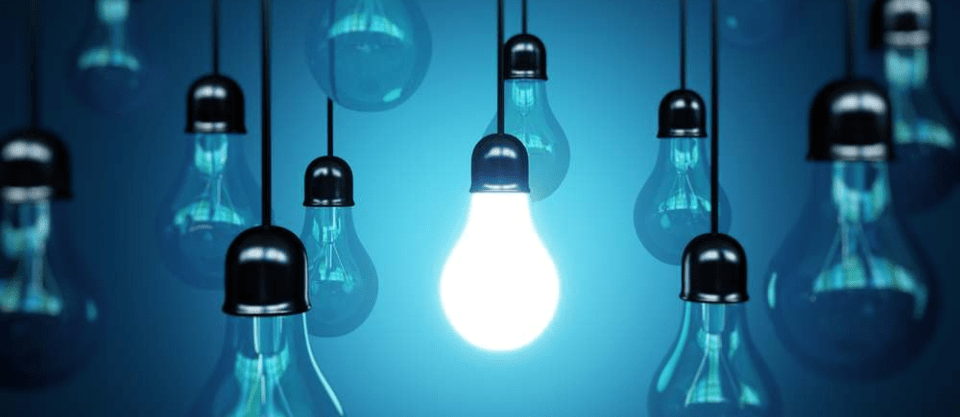
The Importance of Light in Photography
Lighting is a key factor in creating a successful image. Lighting determines not only brightness and darkness, but also tone, mood, and atmosphere. Therefore, it is necessary to control and manipulate light correctly in order to get the best texture, vibrancy of colour, and luminosity on your subjects. By distributing shadow and highlights accurately, you can create stylised professional-looking photographs.
Positioning light
The source your light is coming from has a huge impact on how it falls on your subject. Light originating from behind the camera, and pointing directly onwards, gives very flat lighting. It will also cause shadows to fall in the background of the image. Side lighting produces a far more interesting light, as it shows the shape of the subject much more and casts it in partial shadow, giving it a more dramatic look. Rembrandt lighting is an effective common example of this lighting type. Lighting sourced from the back of your subject gives an alternative effect. This time most of the light is hitting the side of the subject making it brighter, which creates a more distinctive and dramatic photo.
Learn Photography
Master the fundamentals of photography, and become a professional photographer.

Shaping light
Adding a diffuser to your light source can reduce glare and harsh shadows and also diminishes blemishes on your subject. It gives your artificial light a softer more natural-looking result. You can diffuse light in numerous ways. Using softboxes, umbrellas and sheer heatproof material work really well to achieve this result.
Manipulating light
Light can be manipulated to fall on a particular area of interest on your subject. This can be achieved through the use of diffusers and photography reflectors. Collapsible reflectors shape sunlight or bounce flash light with an area you’d prefer to highlight. Spotlights can also be covered in light shapers that enable you to have more control over the direction the light will fall and how broad the light spans.
Once you’ve achieved the best possible result with your lighting setup, you can also create more effects through Adobe Lightroom. This software has the capability to enhance and improve your digital photographs, giving you options to change the colour balance and temperature, improve tones, sharpen, reduce noise, crop, and even convert to black and white.
Lighting can be the difference between a breathtaking photo and a poor one. Mastering how to use light to your advantage and getting the best possible result out of your setup will separate your work from your contemporaries and put you on the path to achieving professional-looking imagery.
Want to learn more about light in photography?
Join Shaw Academy's online Photography course today!



